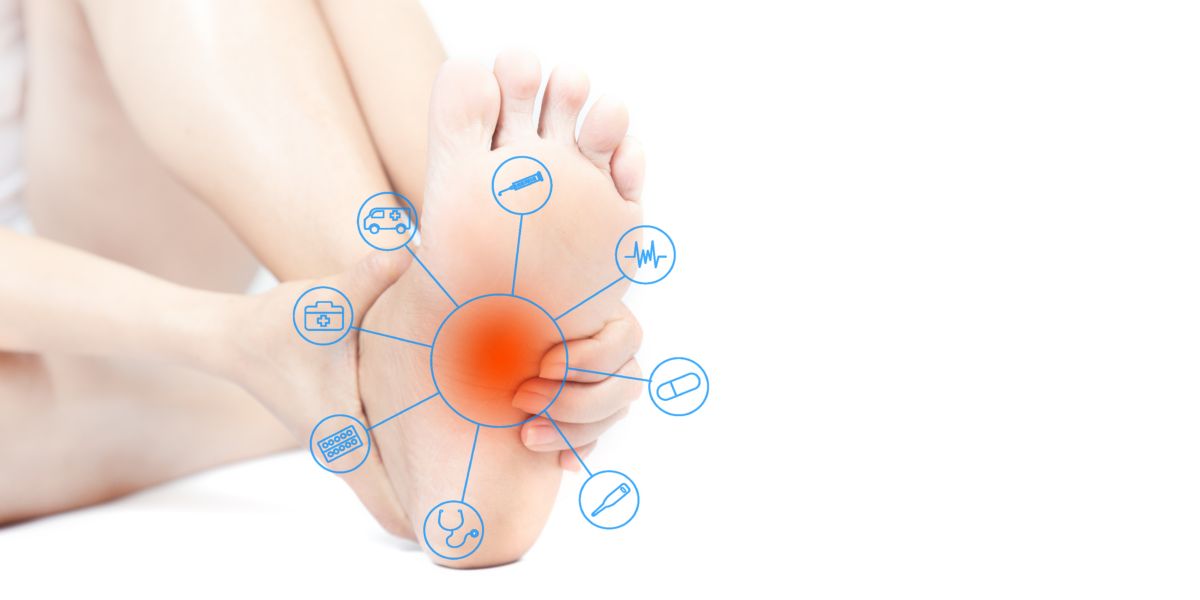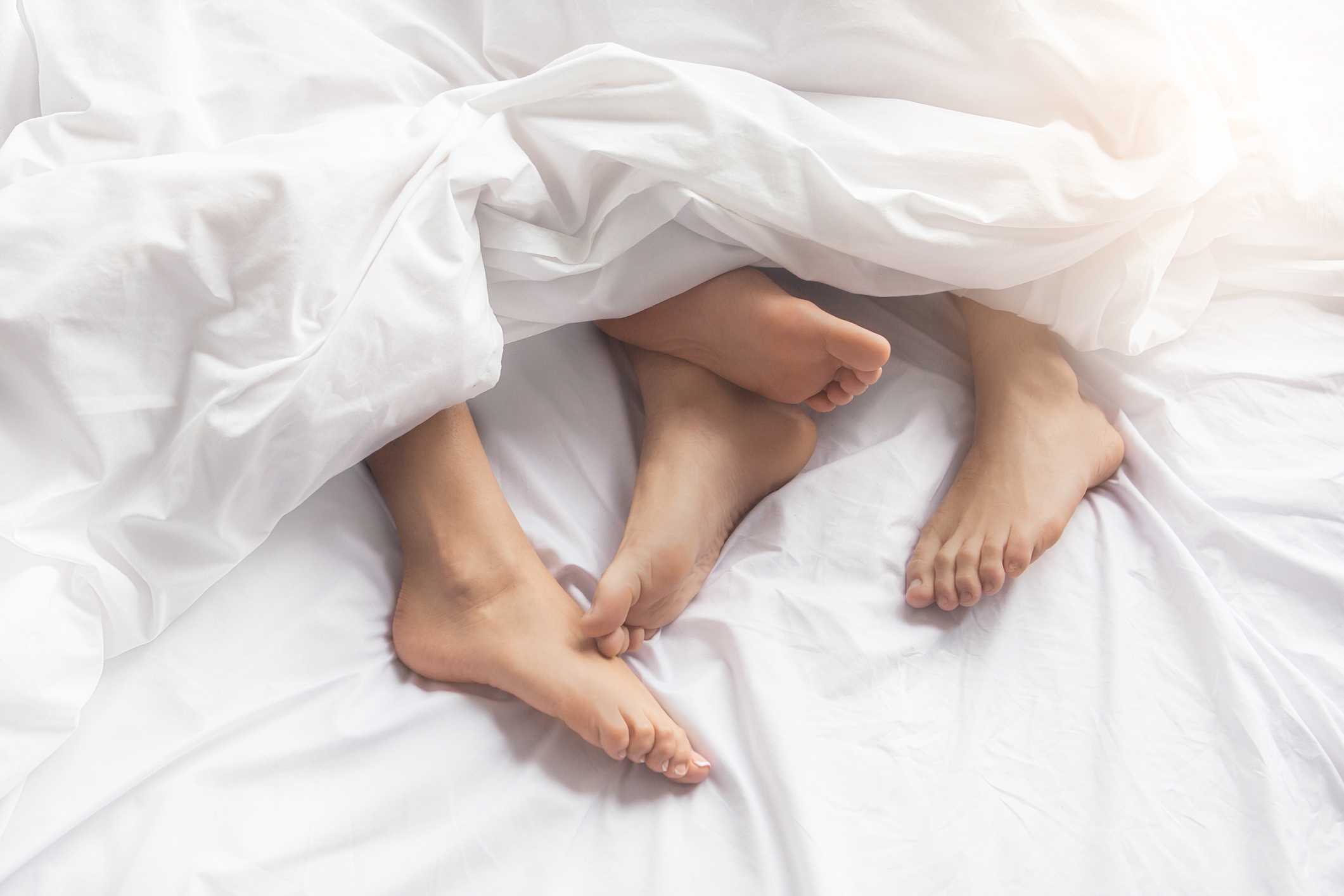There’s a range of treatments available for treating the different foot complications that can commonly affect people with diabetes.
A number of the following treatments are those that need to be carried out by healthcare professionals. Consult your GP if you have any signs of foot damage and your health team should arrange an appointment and/or treatment.
Amputation
Amputation is the last resort when it comes to treatment of foot problems but a last resort that may be required if foot problems progress to a severe level.
This is more likely if foot problems are not treated quickly enough which is why it is important to notify your doctor of any sings of damage or change in the condition of your feet.
Antibiotics
Antibiotics are used to fight bacterial infections and may be required for people with non-healing foot ulcers
Antibiotics may be given intravenously or orally depending on a number of factors.
Debridement
Debridement involves removing necrotic (dead), damaged or infected tissue from a wound, which can improve cleanliness of the wound and promote healing.
Debridement may carried out by a number of methods including:
- Autolytic debridement – which encourages the body to use its own enzymes to debride the wound
- Enzymatic debridement – use of chemical enzymes, such as topical, or proteolytic enzymes
- Mechanical debridement – allowing dressings to go from moist to dry and then removing the dressing along with dead or infected tissue that has stuck to the dressing
- Surgical debridement – use of sharp surgical instruments, such as scalpels, to remove dead and infected tissue
- Larval therapy – use of fly larvae (maggots) to clean away dead tissue
Dressings
There are a number of dressings available for diabetic wound care including:
- Alginate dressings
- Foam dressings
- Gauze dressings
- Hydrogel dressings
- Hydrocolloid dressings
Dressings serve a number of purposes in the wound healing process.
They help to protect the wound from outside infection, speed up clotting and the growth of new skin cells. Regular removal of old dressings and replacement with new, clean dressings helps with debridement (to remove dead and infected tissue from the wound).
Hyperbaric oxygen (HBO) treatment
HBO treatment involves placing a wounded foot and leg within an environment of pure oxygen delivered at high pressure. Wounds need oxygen to heal and research has shown that a pure oxygen environment can help to speed to speed up the wound healing process.
Sessions in the chamber may vary from 30 to 120 minutes. After the treatment the pressure is gradually decreased to reduce the chance of symptoms such as light headedness or nausea.
Larval therapy (maggot therapy)
Larval therapy involves introducing live, disinfected maggots directly into the wound. The maggots begin digesting the dead and infected tissue, helping to leave wound clean.
You may make you feel squeamish but the method is effective at precisely removing dead tissue whilst leaving healthy tissue intact and can help to improve the success of healing.
Orthoses
Foot orthoses are devices which are designed to provide support to limbs and/or relieve pressure. Examples of different orthoses are ankle braces, which help to control movement of muscles and specialist foam or gel insoles, which help to relieve and spread out pressure on the sole of the foot.
Plaster casts
Plaster casts are a solid casing made out of bandages and plaster of Paris (or sometimes an alternative hard substance).
Plaster casts are used to help broken bones heal by keeping the bones from moving. Plaster casts may be used in people with Charcot foot to help fractured or broken bones
Surgery
Surgery may be carried out to treat a number of foot problems ranging from corn or verruca removal through to more involved surgery such as to treat Charcot foot, hammer toes or bunions.
Surgery, particularly more involved surgery, may be carried out under a local or general anaesthetic.
Total contact casts
A total contact cast is a fibreglass shell that can resemble a plaster cast. Total contact casts may be used to help the healing of foot ulcers unless severe ischaemia (severe lack of blood flow to the foot) or peripheral arterial disease is present Total contact casts may also be used for treatment of other foot problems including Charcot foot.
A total contact cast covers the whole foot and is designed to fit tightly to prevent rubbing of the skin. The cast has a foam layer under the foot and is designed to keep pressure off the ulcer when walking or standing.







